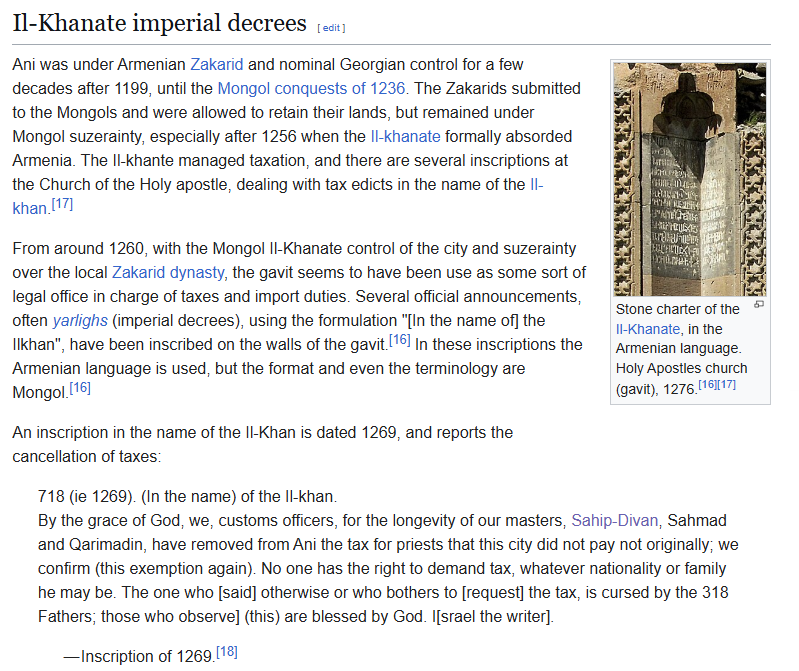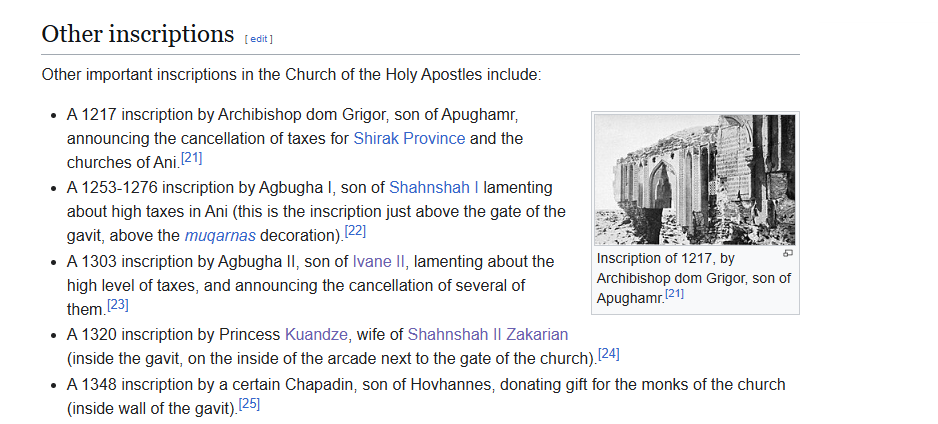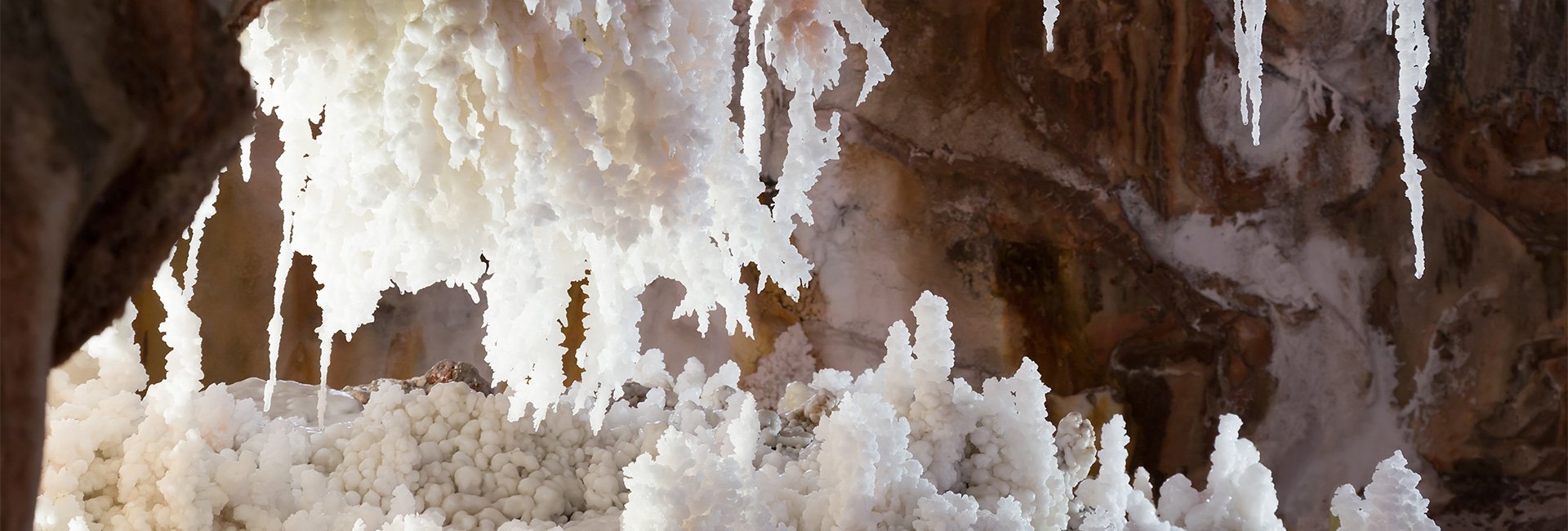The Ilkhanate IO - Spheres of Influence
The below custom map represents the spheres of influence of each claimant to the Ilkhanate. The custom map also includes states which recognized their "overlord's" claims only nominally, such as the Kurdish tribes and Armenian principalities, who could be likened more to tributaries/military access.
You will notice a stark difference to the current in-game map, which represents the "
idea" of an Ilkhanate, and not necessarily the politics of the time. Most of the states had practically zero interaction with the civil war factions, although some of them would be drawn into the civil war through later diplomacy, such as the Muzaffarids of Yazd aligning with the Chobanids, conquering Kerman and Fars, and being "granted" said territories by the Chobanids.
So it is clear, you shouldn't need to conquer 75% of the current in-game Ilkhanate IO to form the Ilkhanate.
You should only need to defeat the other claimants, and to
conquer the central pastures (and capitals) of Arran, Mughan, Tabriz and Soltaniyeh.
View attachment 1283673 View attachment 1283669
And below is what the starting diplomatic WAR-mapmode should look like (from the Qasarid/Hüleguid perspective). I have included only the states which we know from sources were actively involved, or can assume to have been involved through their subject-relation to their overlord.
Togha Temür Ilkhan (Qasarids) and Musa Ilkhan (Hüleguids) had struck a temporary truce, and essentially became
co-belligerents against the powerful Hasan Buzurg (Jalayirids), and Hajji Taghay (Sutayids), who had sided with Hasan Buzurg from the start.
In April 1st 1337 (game start),
Togha Temür & Musa have gathered their forces at Soltaniyeh, captured from the Jalayirids only recently. In June 1337, they would advance towards Tabriz and meet Hasan Buzurg in battle at Maragheh, just south of Tabriz. So it is likely that
Hasan Buzurg's forces are raised near Tabriz at game start.
Personally, I think the Qasarids and Hüleguids should be depicted as being in
two separate wars with the Jalayirids, but with both countries' armies
starting at/near Soltaniyeh and
sharing military/food access. After all, they were both still rival claimants to the throne, and Togha Temür likely betrayed Musa by withdrawing early at Maragheh and leaving him surrounded.
View attachment 1283699






































 (1).png)
.png)













